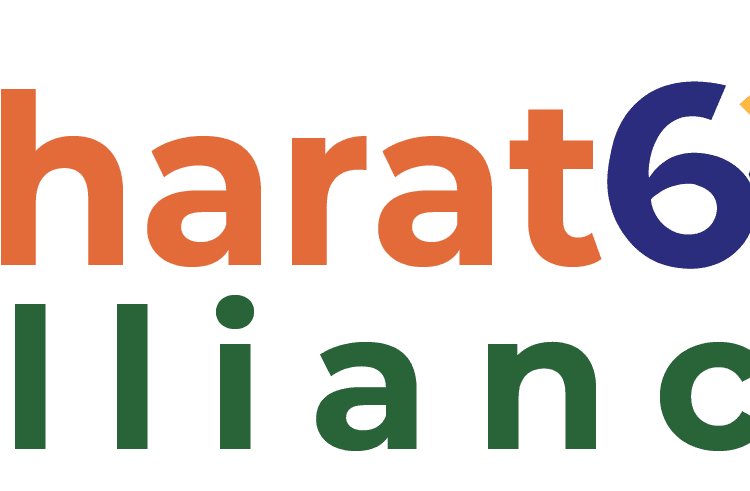5G services have been rolled out across India
The Department of Telecommunications (DoT) has shortlisted 169 applications including startups for the ‘Sangam: Digital Twin’ initiative, expression of interest (EoI) for which was invited on 15 Feb 2024, the Minister of State for Communications Dr Pemmasani Chandra Sekhar said in a written reply to Lok Sabha on 12 Mar.
The implementation of AI driven Digital Twins in telecom infrastructure will depend on factors such as regulatory support, stakeholder interest, extent of collaboration, and engagement of relevant parties, he said in an update on DoT initiative.
The Artificial Intelligence (AI)-driven Digital Twins enable continuous real-time monitoring and predictive analytics. AI enhances data-driven decision making by simulating multiple scenarios, optimizing resource allocation, and improving infrastructure resilience under various conditions https://www.meity.gov.in/.
He also informed the house about the Government initiatives for rollout of 5G services in the country, which, inter alia, include the following:
i. Auction of spectrum for 5G mobile services.
Ii. Financial reforms to rationalize Adjusted Gross Revenue (AGR), Bank Guarantees (BGs) and interest rates.
iii. Removal of Spectrum Usage Charges for spectrum acquired in auction of 2022 and thereafter.
iv. Simplification of procedure for SACFA (Standing Advisory Committee on Radio Frequency Allocations) clearance.
v. Launch of PM GatiShakti Sanchar portal and RoW (Right of Way) Rules to streamline RoW permissions and clearance of installation of telecom infrastructure.
vi. Time-bound permission for use of street furniture for installation of small cells and telecommunication line.
5G services have been rolled out in all States/ UTs across the country and presently it is available in 773 out of 776 districts in the country including Lakshadweep. As on 28 Feb 2025, 4.69 lakhs 5G Base Transceiver Stations (BTSs) have been installed by the Telecom Service Providers (TSPs) across the country.
Telecom Service Providers (TSPs) have expanded the 5G services across the country and have gone beyond the minimum rollout obligations, as prescribed in the Notice Inviting Application (NIA) for spectrum auction. Expansion of mobile services beyond these obligations depends on the techno-commercial consideration of the TSPs, said Dr Chandra Sekhar.
Currently, the 6G technology is under development phase at international level and is expected to be available by 2030. The “Bharat 6G Vision” envisaged India to be a frontline contributor in design, development and deployment of 6G technology by 2030.
Bharat 6G Vision is based on principles of affordability, sustainability and ubiquity.
The DoT has facilitated setting up of ‘Bharat 6G Alliance’ which is an alliance of domestic industry, academia, national research institutions and standards organisations to develop action plan according to the Bharat 6G Vision.
The frequency bands 4400-4800 MHz, 7125-8400 MHz (or parts thereof), and 14.8-15.35 GHz are being studied in International Telecommunication Union (ITU) for the use of International Mobile Telecommunications (IMT), he updated the house on the technology.
Based on the outcome of these studies, a decision on identification of these bands for IMT use will be taken at World Radio communication Conference in year 2027. These frequency bands are to be considered for ‘IMT2030’, also known as ‘6G’.
Presently the 600 MHz,700 MHz, 800 MHZ, 900 MHz, 1800 MHZ, 2100 MHz, 2300 MHz, 2500 MHz, 3300 MHz & 26 GHz are identified for IMT based services in this country. The TSPs who have acquired spectrum in these bands after paying the auction determined price can deploy any technology including 2G/3G/4G/5G/6G, based on the availability of device ecosystem. Fiinews.com










